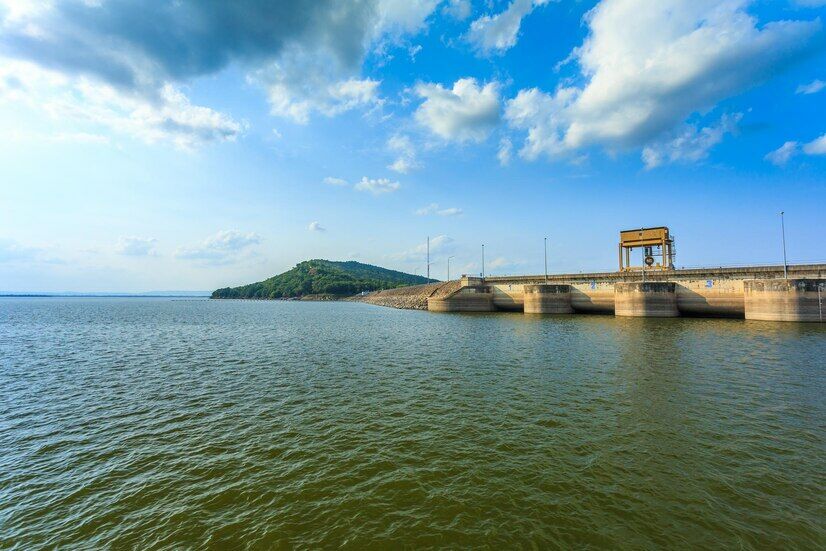Ubolratana Dam usable water drops 11% amid insufficient wastewater plants

A significant decrease in usable water has been reported at Khon Kaen’s Ubolratana Dam, with an 11% drop attributed to an insufficient number of wastewater treatment plants in the region.
The Office of National Water Resources (ONWR) has revealed that the dam currently holds only 32% of its total capacity, with merely 207 million cubic metres (m³) of usable water, compared to last year’s 220 million m³.
Surasri Kidtimonton, ONWR secretary-general, stated that officials are still working on the inundation and drought mitigation plan for the Chi River basin area. This area spans approximately 12.85 million rai of land across Kalasin, Khon Kaen, Maha Sarakham, Mukdahan, Yasothon, Roi Et, and Udon Thani. From May 1 to October 31, the Ubolratana dam will release water downstream to maintain water supplies for five Provincial Waterworks Authority offices, covering 45 villages, and support 10 industrial sites along the Pong River reported Bangkok Post.
The central Chi River basin frequently experiences water-related issues, such as floods during the rainy season, water shortages in the dry season, and water quality problems. “The ONWR have learned that the area’s low water reserves are mainly caused by the insufficient number of water treatment plants to process discharges from farms and factories, as well as runoffs from the North,” Kidtimonton said.
Further investigations into the Chi River basin found that the water volume of Chulabhorn Dam in Chaiyaphum remains at 61.5 million m³, with only 39% being usable. Meanwhile, the Lam Pao Dam in Kalasin holds 768 million m³, with 87% of it usable. These areas consistently face inundation, intermittent rain, and water-related environmental issues, including a drought that has impacted around 7.47 million rai of land.
The ONWR’s latest estimate, cited by Kidtimonton, indicates that the area’s dams and reservoirs can hold approximately 2.47 billion m³ of water. However, the region requires at least 3.37 billion m³ of water consumption to support daily activities, including farming, industry, and tourism. The Thai Meteorological Department has also estimated that rainfall this year may be lower than average due to El Nino. State agencies are expected to develop a new water management plan for the upcoming year.
Latest Thailand News
Follow The Thaiger on Google News:


























